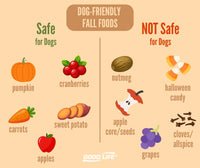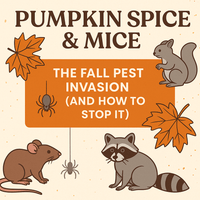Subtotal
$0.00
or
Much like the proverbial iceberg and what we see above the water vs what is below, some things are often only a fractional part of what something really is. We have all seen the many dog breeds that exist today. Often in short bursts on film of them prancing along in a dog show to random appearances here and there through the normal course of life. Did you ever wonder just how they got there? That the dog breeds that exist today did not always exist in their current form.
Recently an article was published in the U.K. titled “How a Century of Breeding ‘Improvement’ Has Turned Once-Healthy Dogs into Deformed Animals” which surfaced some amazing before and after pictures of several breeds of dogs a hundred years ago to today. As many veterinarians will testify to, the problems are numerous when certain dogs are bred … exclusively to achieve a certain look without concern for their health, mobility, or quality of life.
In what may be one of the most supreme ironies in the canine family, the common “mutt” is actually healthier than a purebred at least from a genetic standpoint, avoiding many of the health issues these breeds deal with throughout their lives.
One example of this is with the Bull Terrier. As a result of breeding to achieve a certain look the Bull Terrier of today is known for having extra teeth, compulsive tail-chasing, and a laundry list of disorders in part from its altered skull and abdomen over time. Another example, and often the poster child for all that can go wrong when we manipulate a dogs genetic code, is the English bulldog. This guy suffers from an endless list of diseases, … and according to one survey, their median age of death is 6.25 years.
Due to its current size the bulldog cannot even effectively mate with another without medical intervention.
The breeders, the dog shows that demand these alterations, the people behind the scenes that continue to promote and encourage this behavior as being safe and humane; they have an ethical responsibility to acknowledge the science that currently exists, and has for some time, and begin a process of change. No dog breed has ever been improved by the capricious and arbitrary decision that a shorter or longer or flatter, or bigger or smaller or curlier ‘whatever’ is better.

Dog Logic vs. Human Logic: Why Your Dog Thinks the Mailman Is a Monster

Fall-Friendly Foods for Dogs: What They Can (and Can't) Eat This Holiday Season

Traveling with your dog doesn’t have to mean constant barking or stress. With preparation, consistency, and the right tools, you can make the season memorable for all the right reasons.

Fall might be the season of pumpkin spice and cozy nights, but it's also prime time for pests to sneak into your home. As temperatures drop, mice, squirrels, raccoons, and spiders go into survival mode. From scratching in the walls to overturned trash cans, these freeloading critters can cause big headaches if you don't stop them early.

Fall is one of the busiest seasons for wildlife — and that often means more barking from your dog. From squirrels and raccoons to deer in the backyard, autumn critters can stir up a lot of noise and stress. Discover simple, humane solutions to keep pests away and calm the barking so you can enjoy a quieter, cozier season.